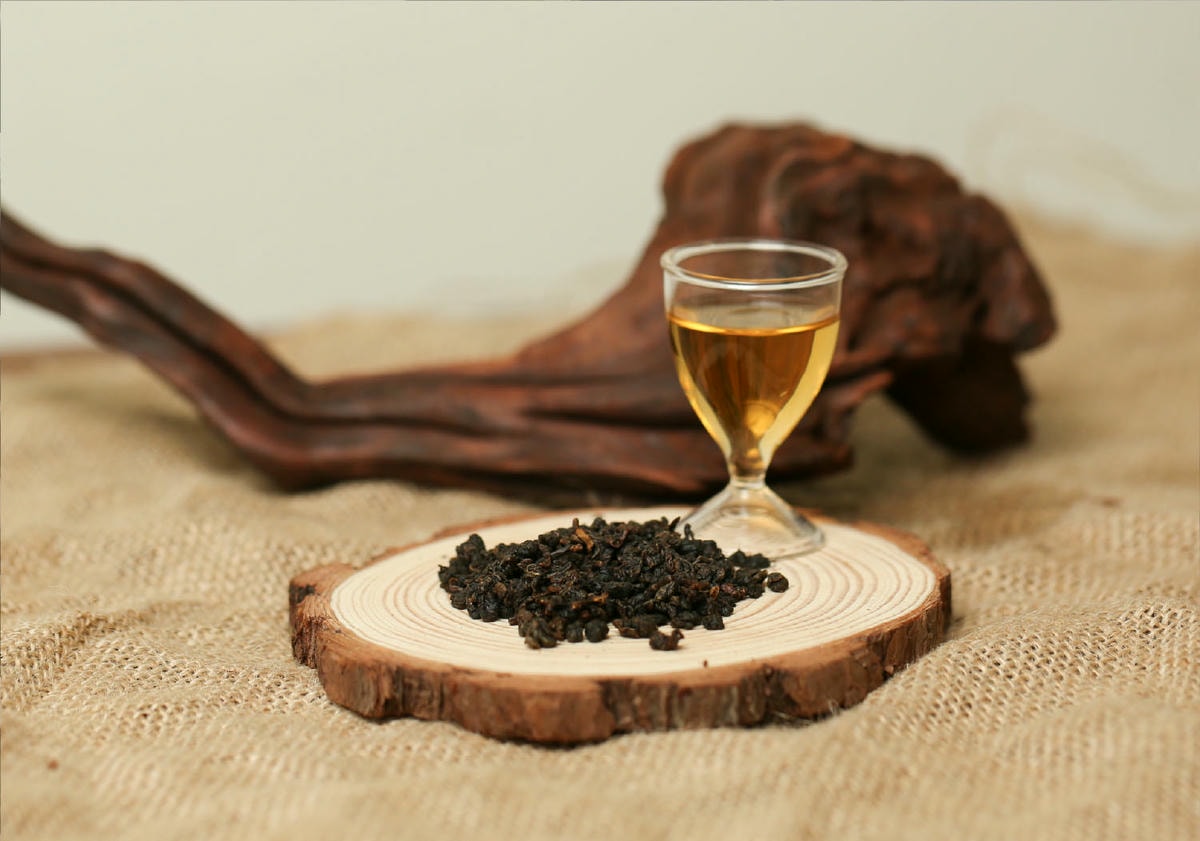When it comes to the roasted aroma of tea, one of the most iconic examples is Dong Ding Oolong Tea.
Traditionally, roasting was done using charcoal as the heat source, with tea leaves placed in a bamboo roasting basket (called a “bei-long”), relying on heat convection to gradually roast the tea. This gave the tea a distinct woody aroma. Today, electric heating elements are more commonly used to provide stable and controllable heat during roasting.
Roasting is a specialized process that occurs in the latter stages of tea production. Its purpose goes far beyond adding flavor. Proper roasting removes residual moisture and unwanted flavors, enhances clarity and aroma, reduces bitterness and astringency, and also extends the shelf life of the tea.
Most Taiwanese teas undergo varying levels of drying and roasting, creating diverse flavor profiles and mouthfeel. Heavily roasted teas tend to have darker liquor and are believed to shift from having a cooling to a warming nature, making them easier on the stomach and suitable for colder weather.
Sanyu Tang Tea Recommendations:
- Light roast: Shanlinxi Oolong, Hehuanshan Oolong, Four Seasons Winter Leaf
- Medium roast: Dong Ding Oolong, Oriental Beauty, Red Oolong

